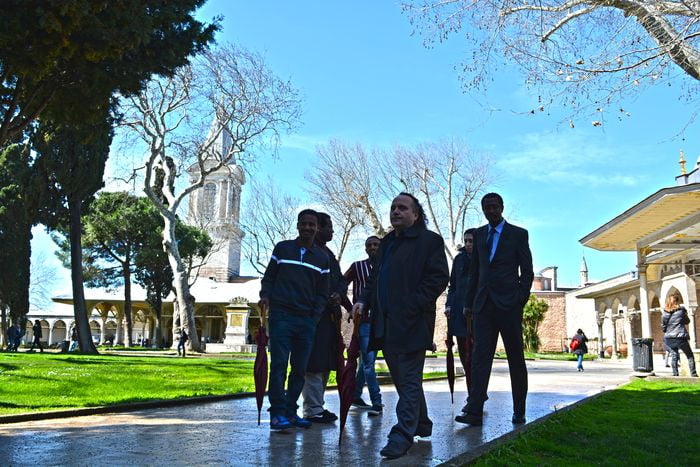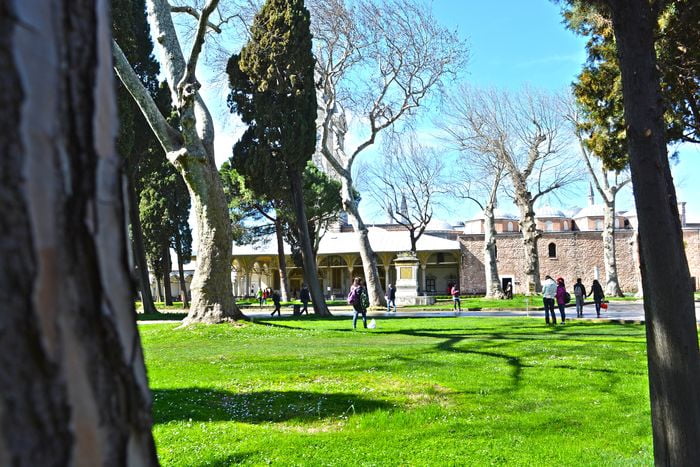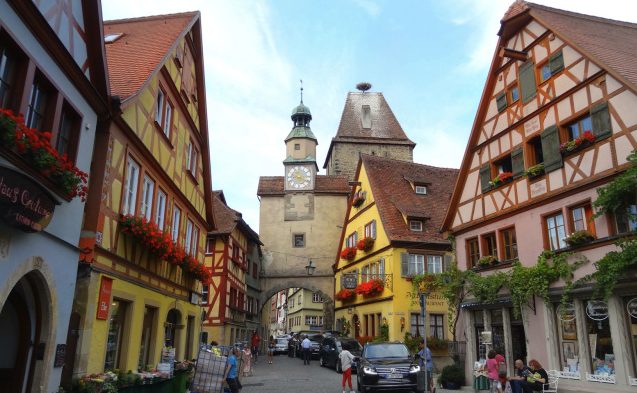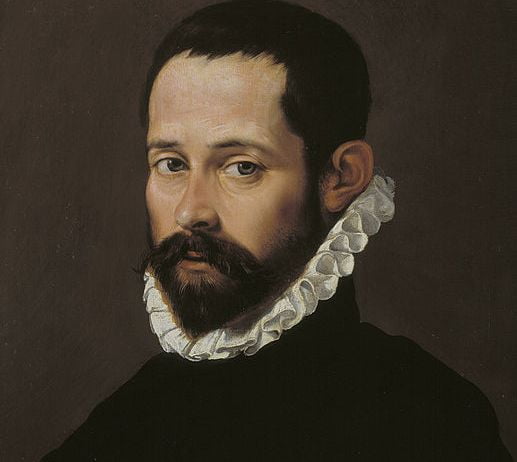Jacob, when he was about to die, worshipped on the point of Joseph `s staff, not honouring the staff but its owner. just in the same way do we greet images as we should embrace our children and parents to signify our affection. Thus the Jew, too, worshipped the tablets of the law, and the two golden cherubim in carved work, not because he honoured gold or stone for itself, but the Lord who had ordered them to be made.
St John Chrysostom, on the “Third Psalm, on David, and Absalom.”
Kings put victorious trophies before their conquering generals; rulers erect proud monuments to their charioteers, and brave men, and with the epitaph as a crown, use matter for their triumph. Others, again, write the praises of conquerors in books, wishing to show that their own gift in praising is greater than those praised. And orators and painters, sculpturers and people, rulers, and cities, and places acclaim the victorious. No one ever made images of the deserter or the coward.
St Cyril of Alexandria, from his “Address to the Emperor Theodosius.”
If images represent the originals, they should call forth the same reverence.
The same, from his “Treasures.”
Images are ever the likenesses of their originals.
The same, from his Poem, on the “Revelation of Christ being signified through all the Teaching of Moses. On Abraham and Melchisedech.”–Chap. vi.
Images should be made after their originals.
St Gregory of Nazianzen, from His Sermon on the “Son,” ii.
An image is essentially a representation of its original.
St Chrysostom, from his Third “Commentary on the Colossians.”
The image of what is invisible, were it also invisible, would cease to be an image. An image, as far as it is an image, should be kept inviolably by us, owing to the likeness it represents.
The same, from his “Commentary on the Hebrews.”-Chap. xvii.
As in images the image presents the form of a man, though not his strength, so the original and the likeness have much in common, for the likeness is the man.
Eusebius Pamphilius, from the Fifth Book of his Gospel Proofs, on “God appeared to Abraham by the Oak of Mambre.”
Hence, even now the inhabitants cherish the place where visions appeared to Abraham, (Gen 18.1) as divinely consecrated. The turpentine tree is still to be seen, and those who received Abraham’s hospitality are painted in picture, one on each side, and the stranger of greatest dignity in the middle. He would be an image of our Lord and Saviour, whom even rude men reverence, Whose divine words they believe. It was He who, through Abraham, sowed the seeds of piety in men. In the likeness and habit of an ordinary man He presented himself to Abraham, and gave him knowledge of His Father.
Read More about Apologia of St John Damascene Against those who Decry Holy Images Part 28








